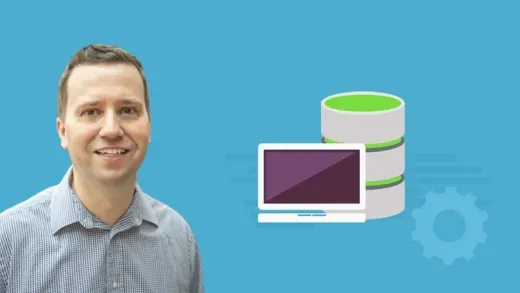About This Course
Learn how to use SELECT, FROM, WHERE, GROUP BY, HAVING and ORDER in SQL Server. Helps with DP-600
Do you want to learn SQL Server quickly?
Reviews
Melisa says: Explanations are very clear! I recommend this course.
Monde says: Its was nice the lecture made clear to the point examples and I could make sense of what he was explaining example was making sense about all the aggregate clauses such as SUM, MIN, COUNT and AVG and MAX he was too good I like him
Jay says: I learned SQL years ago, and I needed a refresher on the basic syntax. This course was perfect for that purpose!
In this course, we will look in an hour at the SELECT statement.
There are six constituent clauses in this statement:
SELECT - this is akin to the Print statement in other languages, and
FROM - this shows your data source,
WHERE - this filters down your data source,
GROUP BY - this enables the results to be summarised,
HAVING - this filters the summary, and
ORDER BY - this sorts your results.
We will then look at saving your code using both views and procedures.
Finally, we'll export your reports into Excel, both statistically (copy and paste) and dynamically (so that you always have the latest reports).
In just an hour, you'll be able to create your own SELECT statements, so you can use them in SQL Server (SSMS, SSRS and SSIS) and in Excel. This is all you need to start writing and using your own code. Quick and easily.
If you have not already got SQL Server installed on your machine, this course includes a link to a video which shows you how you can install for free SQL Server Developer edition, together with SQL Server Management Studio (SSMS). These can be installed on your laptop or desktop to use for learning purposes for as long as you need.
Knowledge of this will also help with the DP-300 and DP-600 exams.
Build your own SQL Server SELECT statements.
Use the SELECT, FROM, WHERE, GROUP BY, HAVING and ORDER BY clauses.
Encapsulate (save) your statements as views or procedures.











Corey F.
Very good for someone new to SQL. I like the built in SQL query tests that don't require you to have SSMS installed locally. There was a issue with sound playing on the Importing to Excel first 5 mins or so had no sound. And there was point in the video that the incorrect column was named, but they said the correct column.